Need help ?Address: 16 Boulevard Charles Nedelec,
Marseille, 13001 Email: info@acacuss.com Phone: (33) 782 552124
Marseille, 13001 Email: info@acacuss.com Phone: (33) 782 552124
📣 10 % Rabatt auf die erste Bestellung: WLKM10 🎁 Zum Sammeln klicken
✈️ Kostenloser weltweiter Versand 🌎
📦 30 Tage einfache Rückgabe ↩️
Melden Sie sich an, um erste Informationen über Neuankömmlinge, Sonderangebote, exklusive Inhalte, Veranstaltungen und mehr zu erhalten!
Kostenloser Versand für alle Bestellungen im Wert von €155.99 EUR
Sie können sich alle verfügbaren Produkte ansehen und einige im Shop kaufen
Zurück zum Shop Best Sellers
Best Sellers
 Figuren
Figuren
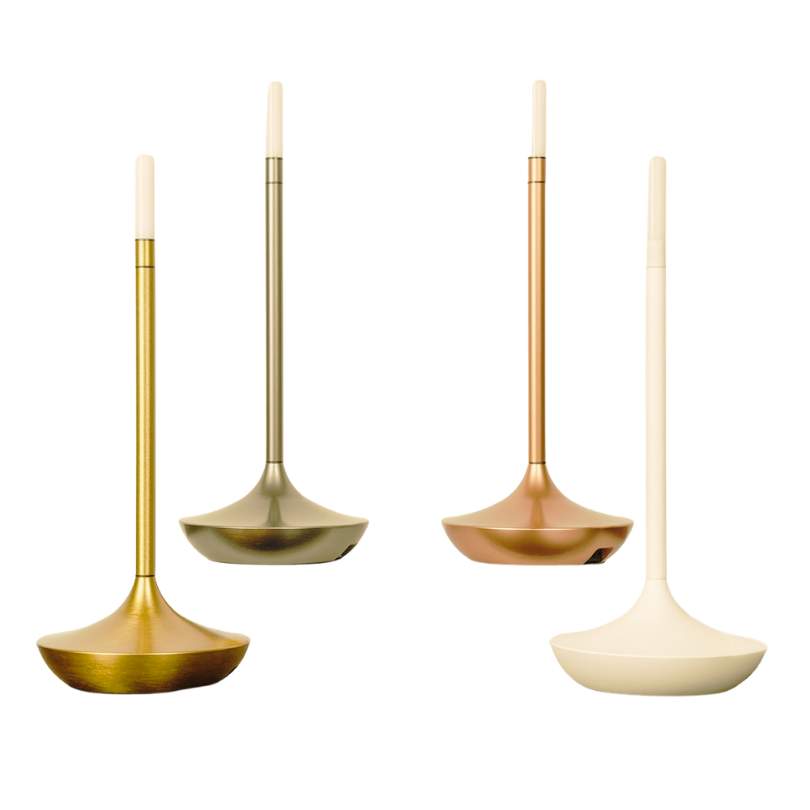 Tischlampen
Tischlampen
 Keramik Vasen
Keramik Vasen
 Räuchergefäße
Räuchergefäße
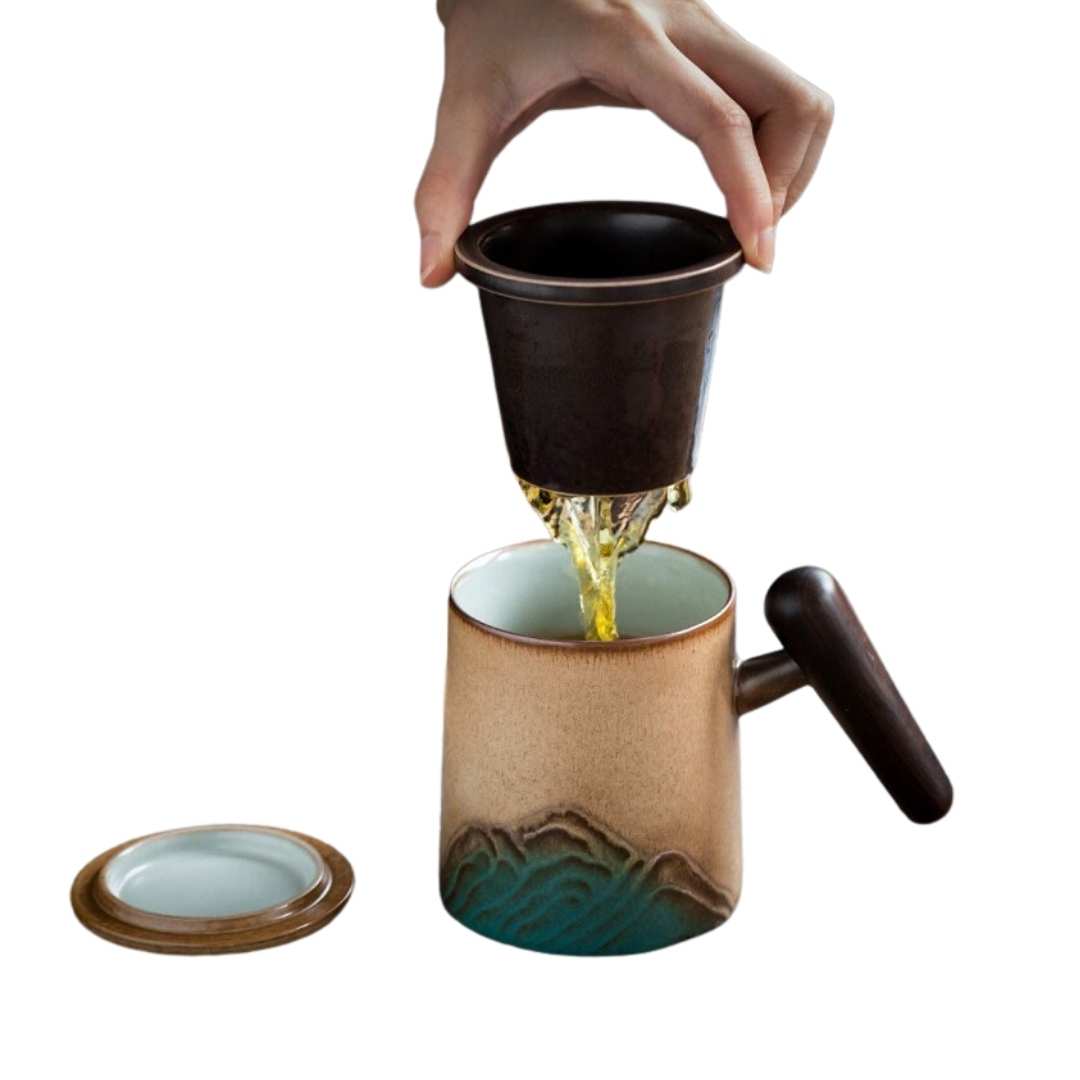 Teetasse
Teetasse
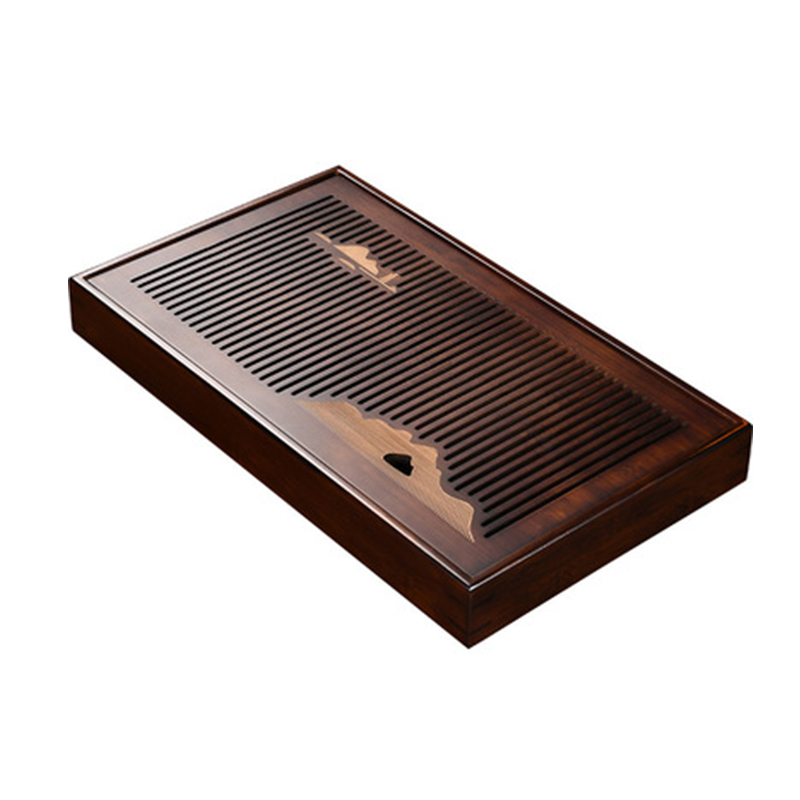 Teetablett, Gongfu Holz-Teetablett-Set
Teetablett, Gongfu Holz-Teetablett-Set
 Tee-Haustiere
Tee-Haustiere
 Wohnkultur
Wohnkultur
 Gongfu-Teeset
Gongfu-Teeset
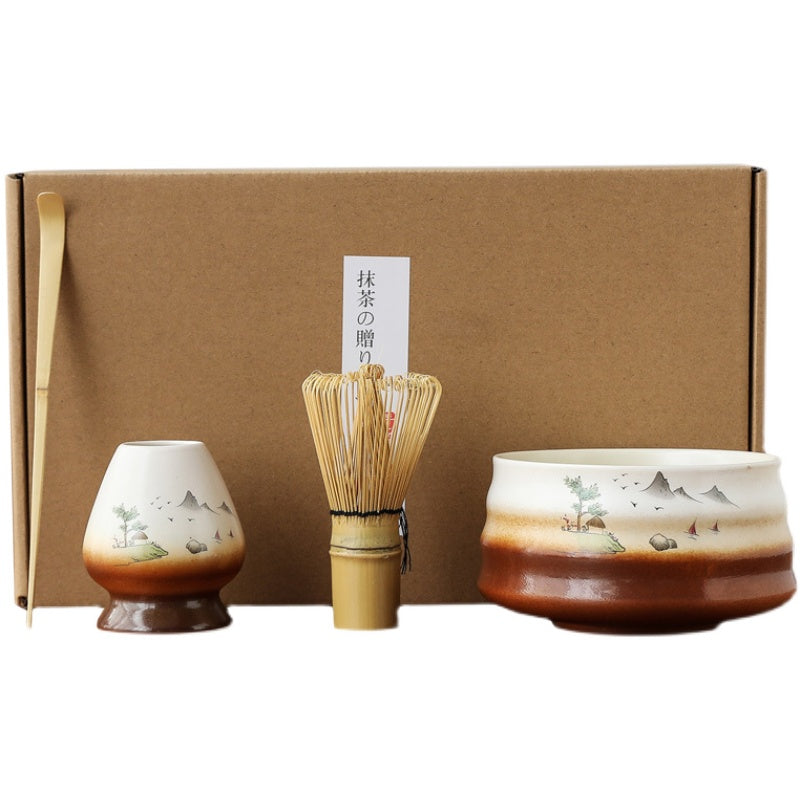 Matcha-Set
Matcha-Set
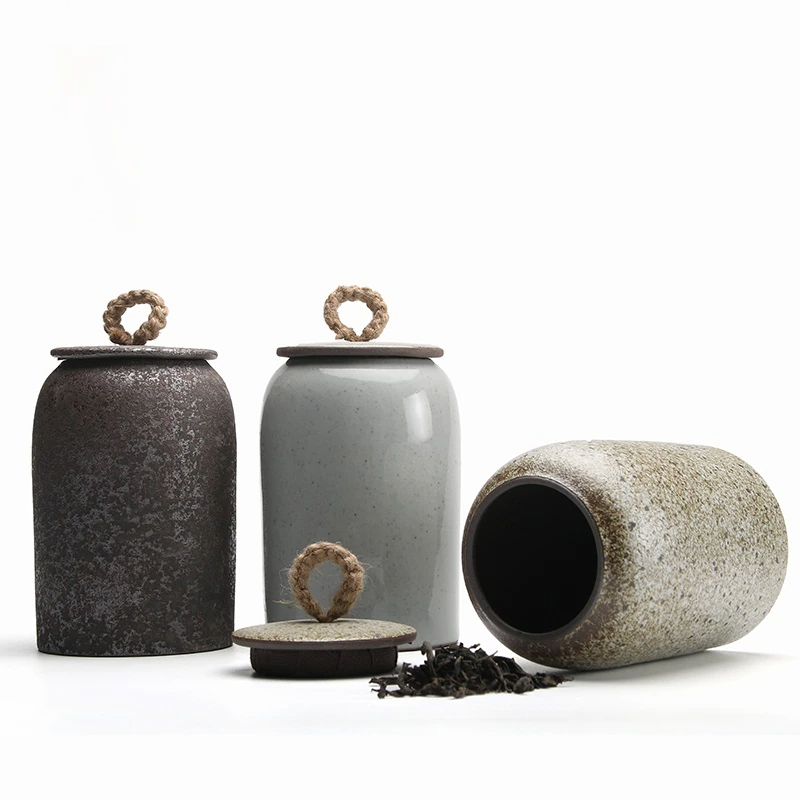 Kanister und Behälter für Tee, Kaffee, Zucker
Kanister und Behälter für Tee, Kaffee, Zucker
 Whisky Karaffe
Whisky Karaffe
 Chinesisches Teeservice
Chinesisches Teeservice
 Chinesische Teekannen
Chinesische Teekannen
 Teekessel aus Kupfer
Teekessel aus Kupfer
 G Liebesspiel
G Liebesspiel
 Mate Tee Becher
Mate Tee Becher
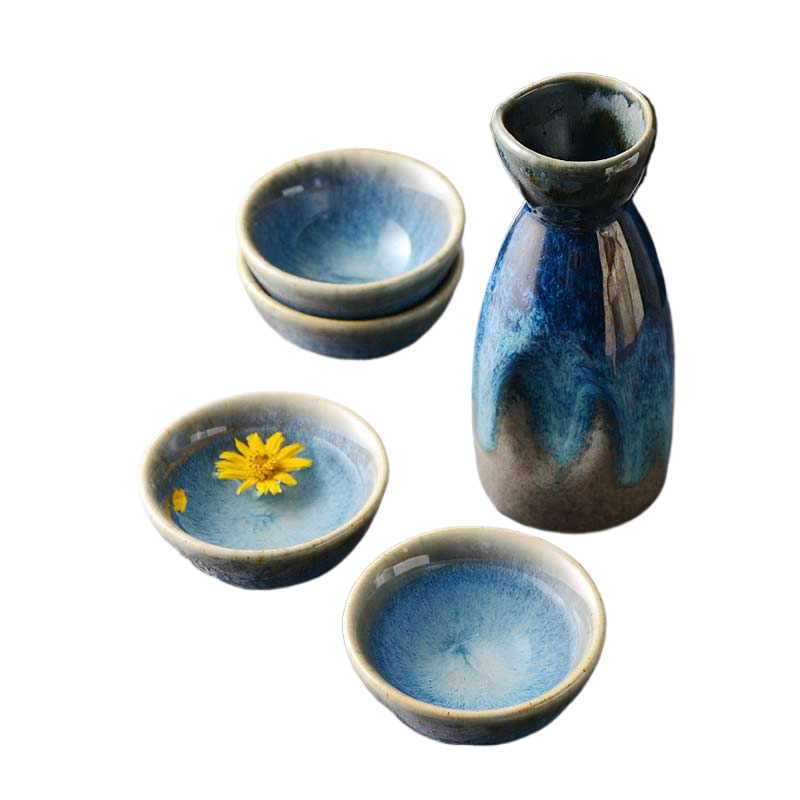 Sake-Set
Sake-Set
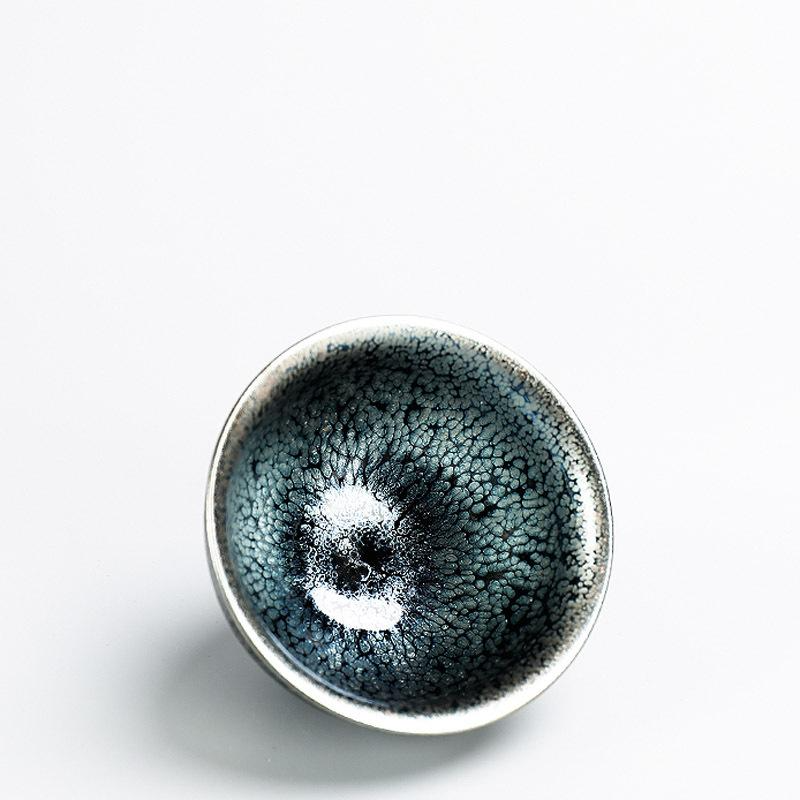 Himmel
Himmel
 Einzigartige Teesets für Erwachsene
Einzigartige Teesets für Erwachsene
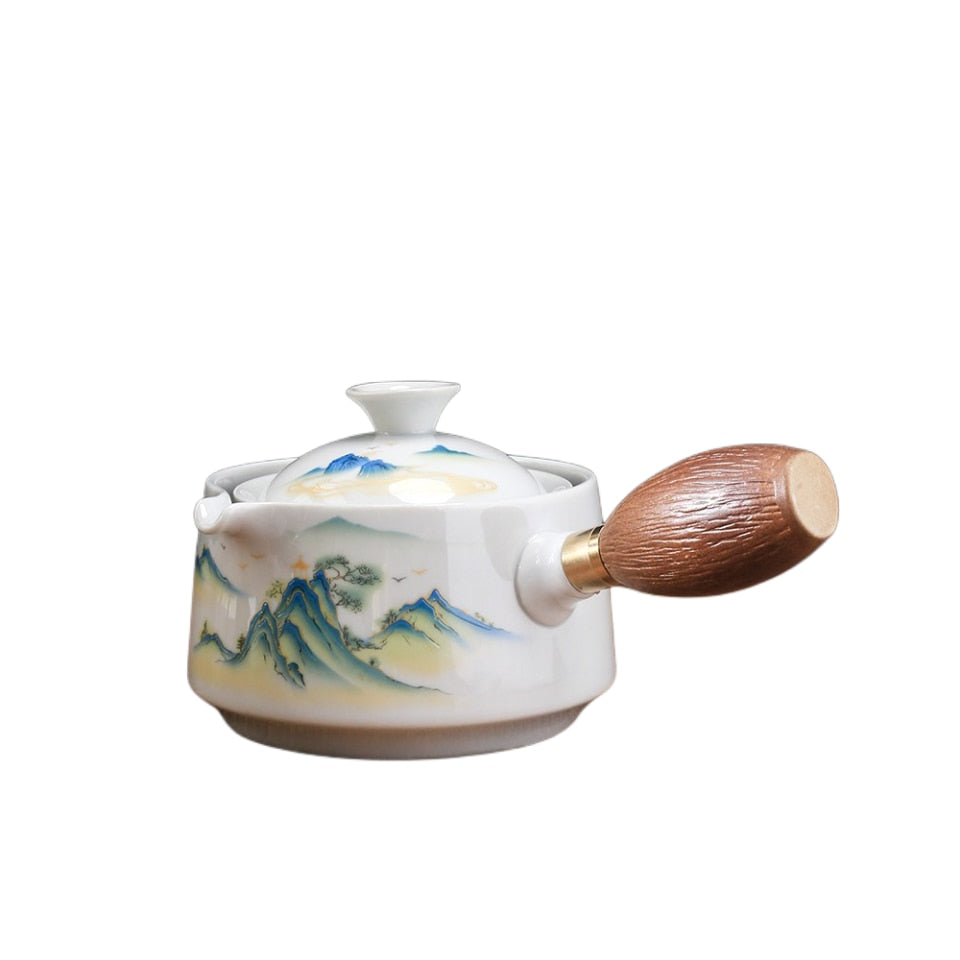 Yixing-Teekanne
Yixing-Teekanne
